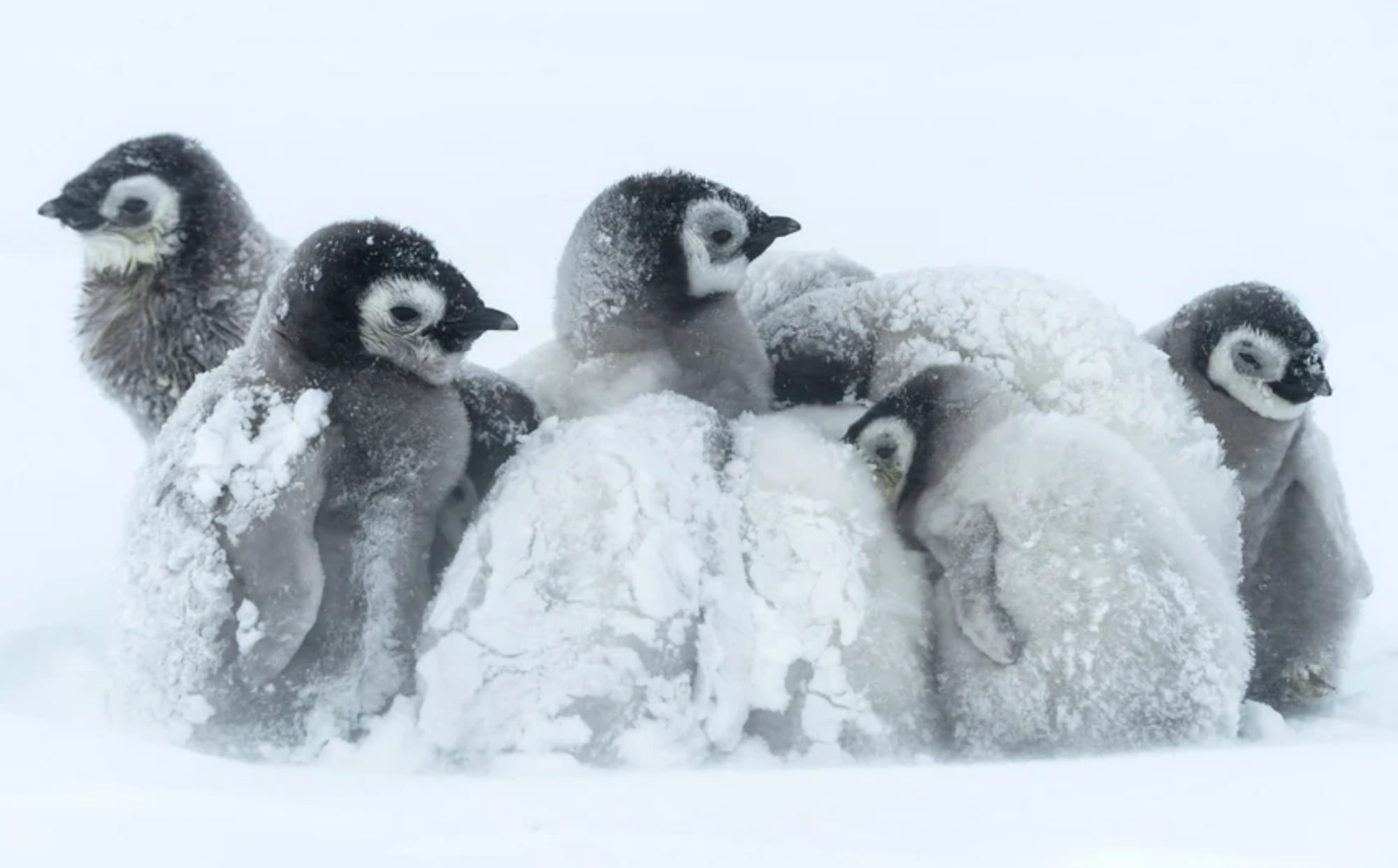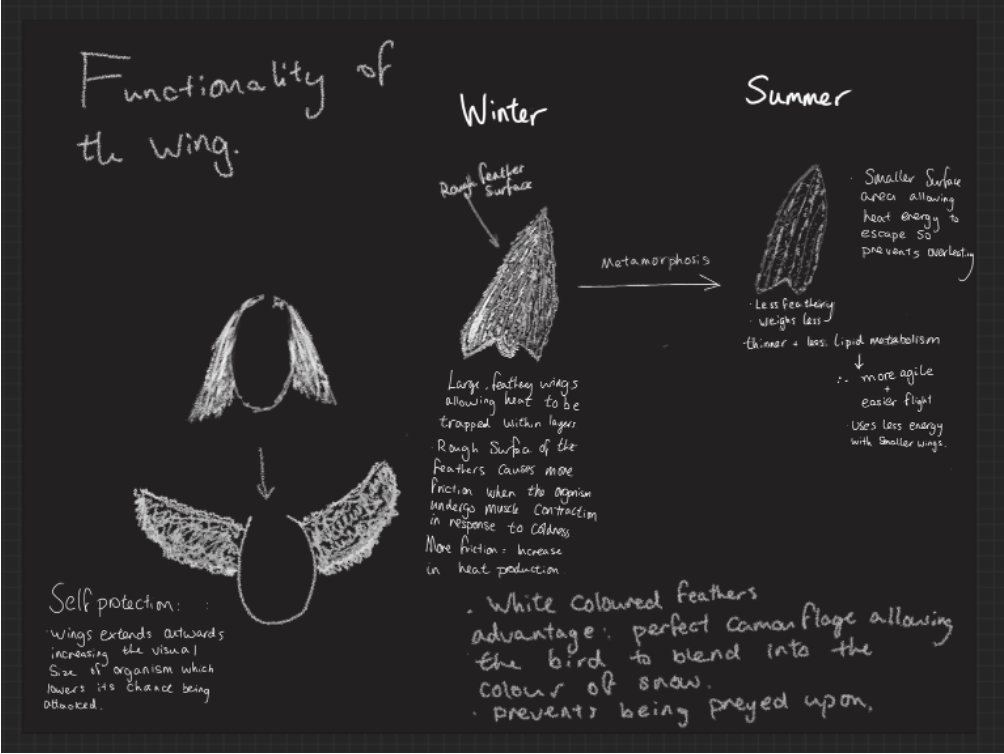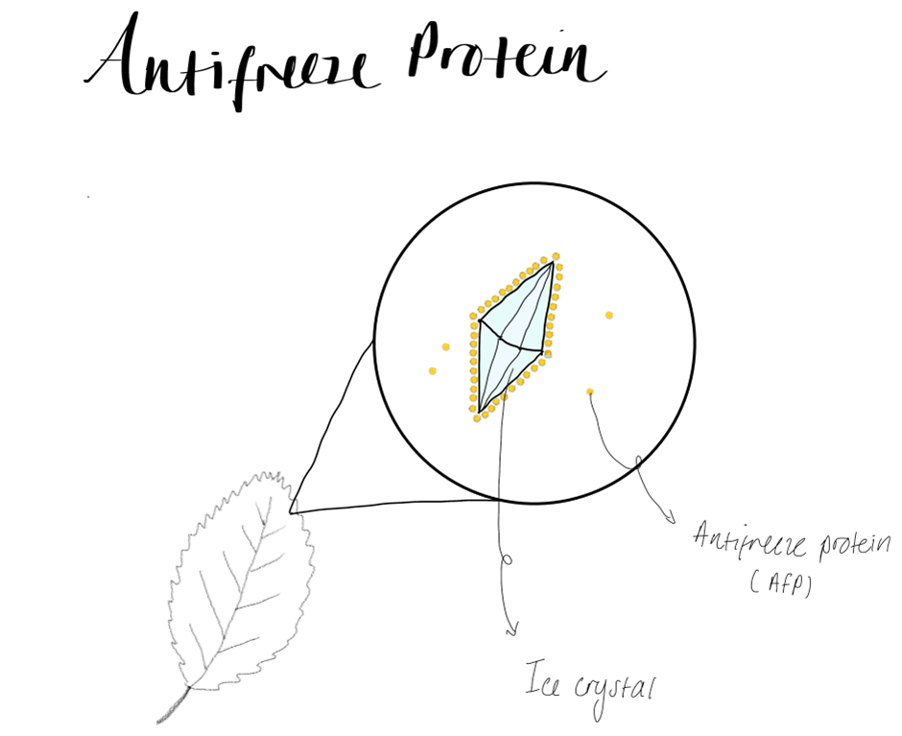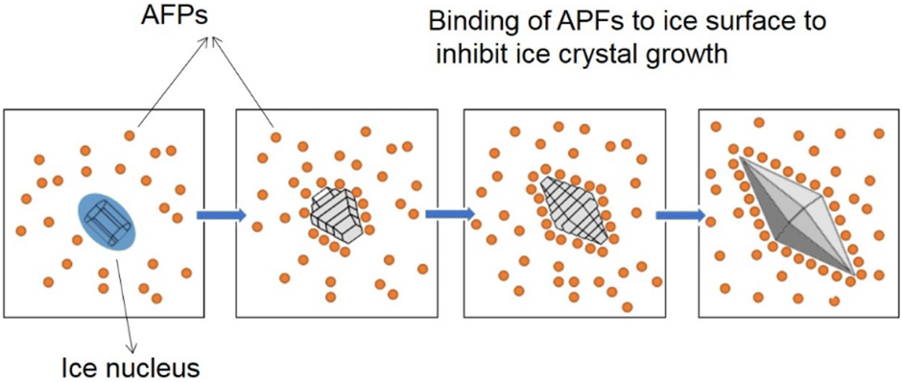How To Dominate Winter

Winter, a season in which we relate to extreme coldness and vulnerable environments. Many life forms are really sensitive to temperature difference. Critical temperature is required to enhance growth in plants, insects and fish. A drop of two degrees in temperature when the sun goes behind a cloud, for instance, can convert a fly from a swift flier to a slow walker (Irving, L. 1966). Talking about winter, we think about hibernation of animals. However, we will discuss the exact opposite. How does some organisms face winter components and not only survive but thrive during the winter? We will explore all those key mechanisms that are required for winter survival and combine those most important characteristics upon 2 imaginary organisms that we have created: one animal and one plant consisting of those crucial components and bodily mechanisms that would lead them to become ‘winners’ of winter.
There are several key factors that affects organisms in winter.
Rate of metabolism in relation to coldness
Thermogenesis: This is a process of heat production in the body. This process pushes metabolic activity to increase.
A common type of thermogenesis is shivering. Shivering involves an involuntary action of fast muscle contractions to generate heat however this is a short-term response towards sudden drops in temperature. From our design of the wings of our organism, we have added feathers that have very rough surfaces, which allows feathers to rub against each other with more friction and with longer contact time as surface area of each feather increases.

Our organism would have dense feathers, like the emperor penguin, and not thick blubber layers for insulation as it may be suitable for animals like harp seals, but for a species like birds, it would not be suitable for easy manoeuvring up in the air or on the ground.
The Bergmann’s rule states that mammals in cold environments tend to be bigger (Fig. 3(a)). This is well supported by studies of mammals distributed along latitudinal and climatic gradients. Therefore, our organism would have a relatively heavy body but light enough for it to be able to fly on low grounds when it’s necessary.

Large and feathery wings with a large body may seem heavy and stiff. That’s why it does not have a blubber layer so can fly more easily with lower weight but relies entirely on the insulation of the wings. However, through metamorphosis the organism would be able to fly even more easily again with smaller wings when a warmer season approaches.
The second animal taken into consideration is the wood frog. Wood frogs have a unique and fascinating feature. They can freeze a portion of their body fluids during winter and then thaw out in spring, a process known as cryobiosis. However, for our organism, it would be able to temporarily freeze a part of its body and unfreeze it when it needs to use that body part. The part of the body which would be able to do that is the feet as it is in direct contact with the cold ground.
Lemmings have small ears and short legs to minimise heat loss, which is also adopted onto our organism as it fits perfectly with the small body so perfect balance is maintained when still or in motion.

Antifreeze Proteins (AFP)

Some plants have also been adapted to the harsh cold conditions of winter: Antifreeze proteins. The first discovery was made in 1992 and, since then, many more overwintering plants are found to contain these (Griffith & Yaish, 2004). AFPs inhibit the growth and recrystallisation of ice so that they cannot form large ice layers on the surface of the plant, preventing it from dying from constant extreme cold temperature.
Structure of AFP
Plant antifreeze proteins are small chains of amino acids with unique folded shapes that help them bind to ice. These proteins may have structures like beta pleated sheets or alpha helices. (Bredow and Walker, 2017) The most important feature of AFPs is their ice-binding surface, which contain specific amino acids arranged to match the structure of ice, allowing the protein to stick tightly to ice crystals. This prevents the crystals from growing larger and causing harm to the plant (Griffith & Yaish, 2004; Sidebottom et al., 2000).
In Winter and in Summer
During winter, AFPs are most active as they need to prevent the plants from being covered by thick ice layers. AFP production often decreases to save energy usage of the plant during summer.
Real life examples of the usage of AFPs
Antifreeze proteins are vital for plants like winter rye (Griffith et al., 1992) or grasses (Sidebottom et al., 2000) that grow in cold climates. These proteins help the plants to avoid destructions caused by being frozen through keeping the ice crystals small. This means the plants can maintain their structure and survive through the cold winter months, so that when warmer seasons arrive, the plants can restart growth without being inhibited by serious damages. Without AFPs, many plants in cold regions would not be able to survive harsh winters.
Key interactions for activation of AFPs
AFPs interact with ice through a combination of hydrophilic and hydrophobic interactions. The hydrophilic regions, often abundant in specific amino acids like threonine or serine, form hydrogen bonds with ice, precisely matching with the ice’s molecular lattice. Hydrophobic patches on the protein surface help to resist freezing conditions by reducing water interactions around these regions. This dual interaction allows AFPs to effectively bind to ice.
Ice crystal growth with AFPs
AFPs attach and bind to a limited surface of the ice crystal, meaning only certain surfaces are able to elongate, whilst others are fully inhibited, producing the typical shape of a crystal, as seen in the diagram below.

(A brief review of applications of antifreeze proteins in cryopreservation and metabolic genetic engineering by Aung Htay Naing & Chang Kil Kim)